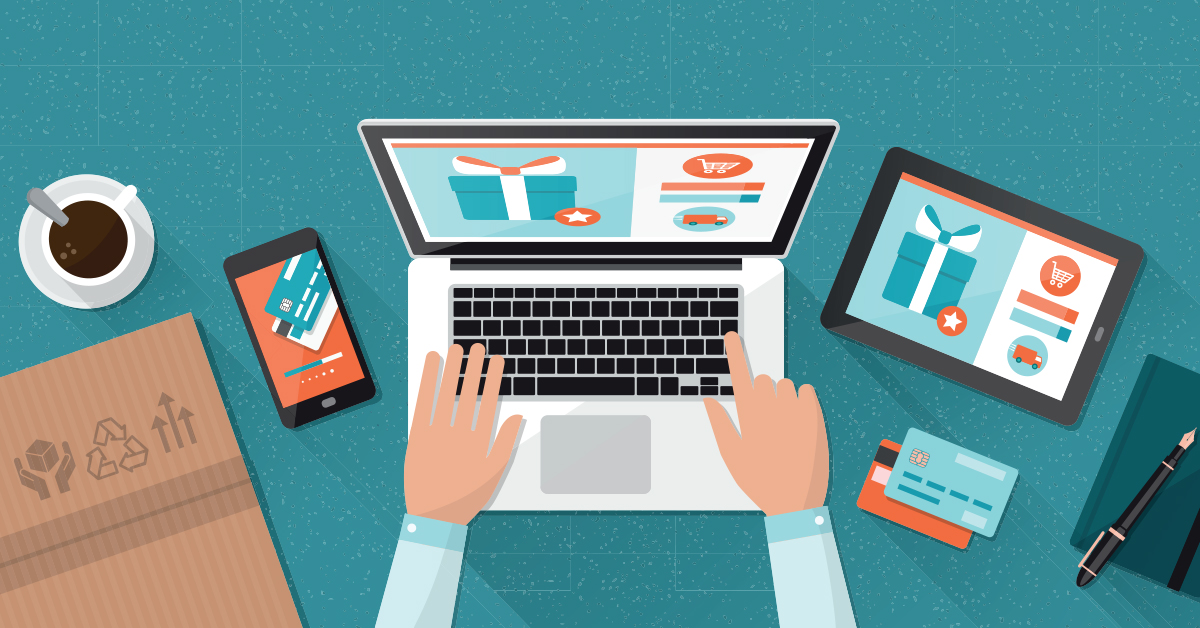Miss. Bueckert's Students and the Digital Age (TT#2)
"I do not fear computers. I fear lack of them" -Isaac Asimov
 |
| https://cdn-res.keymedia.com/cms/images/us/039/0132_637324252136928732.jpg |
Growing up, the phrase connected student wouldn't have had any meaning. I grew up in a time when the internet just started to be available here in Canada and it took a while for it to become available in my local school. Once it was available, my school did renovations to include a computer lab and each classroom had five computers installed into them for research purposes. I learned how to type in grade nine ICT class. I remember getting so frustrated and wanting to quit but I'm glad I didn't. Those typing skills have served me well, especially during my university journey. I graduated high school in 2014 and since that time, technology has become more widely available in classrooms. The classrooms I have student taught in have multiple forms of technology. From the smart board, to iPads installed with educational apps, to computers, many classrooms are filled with technology.
For this tech tasks, I was asked to look at two diagrams which I will link here. The first diagram shows how teachers used to network prior to the introduction of most technology that's available in 2021. I agree with what is displayed here. I grew up in a smaller city where most of my teachers did too. Many of them had family and friends who they would bring up in their lessons. Many of the assignments that I did were pen and paper. Not that there is still not a place for printed resources, I also see value in encouraging my students to do hands on learning opportunities and inquiry based lessons. I did have a few of those experiences in my school career however the use of printed resources outweighed them by a landslide. I also went to a smaller school which was like a family so my teachers often connected with one another. We were also given opportunities to work with other classrooms on different projects. For example, when I was in grade 6, all the middle years students each drew a small square of what it means to be Canadian. They were put together to make a mosaic and were displayed in our front lobby. Although I didn't really know what curriculum documents were through my primary school journey, now that I look at them as a pre-service teacher, I remember learning he same thing/similar things. A few of the curriculum documents have changed such as ELA and high school social studies but they still remain important.
 |
| https://s27389.pcdn.co/wp-content/uploads/2019/12/why-network-segmentation-essential-enterprise-1024x440.jpeg |
When I look at the networked teacher, the parts of the typical teacher network are important but there is much more to the networked teacher. This is the kind of educator I am hoping to become, especially as I learn more about the benefits of using different technological mediums in the classroom. I believe that the covid-19 global pandemic further emphasizes the importance of being a connected teacher. Back in March when covid first came, my colleagues left the university and started remote learning. In order to have classes, we started having zoom/teams meetings. Primary teachers were forced to do this as well, whether they were comfortable with technology or not. Social networking was also emphasized with many teachers sharing how they were teaching students remotely and what activities they used on the digital platform. Many teachers also use websites such as teachers pay teachers to access lessons/ activities for their students to do. I'll be honest, I don't know much about wiki's and I will have to do more research into whether I will use that in my classroom. From what I have seen, they are beneficial for collaborative work between your students.
I have seen networked teachers in my student teaching placements but I have also seen the typical teacher too.
Now that you have an understanding of the normal teacher versus the networked teacher, I would like to discuss about what the typical student might look like. Based on my own experience in primary school and now as a preservice teacher, I would say that the typical student would look similar to the connected teacher; just take away curriculum documents. Our students consistently use technology at home on their 'own time.' In my most recent placement, when I asked my students what they did the evening before or on the weekend, most of their answers included technology. I primarily work with early years students who may not have a social media account, I have worked in schools with middle/high school students and have seen many of them on their phones at lunch time. I may be making assumption however I believe they are using social media or texting their friends. Like their teachers, students have had to use platforms such as google classroom/zoom in order to work on their studies. Although students may need to be directed, blogs have started to become a popular way for students to showcase their work. In the early years, you can have students upload their writing onto their blog and see their progress throughout the year. In middle school, students could write a poetry series. In High School, students could do a blog about what they learned in foods class and their favorite personal recipes. Those are just a few examples however the possibilities when it comes to blogging are endless. If you have any other suggestions about the typical student, feel free to share that with me in the comments.
Technology has controversy surrounding it, especially when thinking about safety. My professor shared this document that has evidence that parents are concerned about their child's social media use. Parents bring up concerns such as how much time their child spends on technology. This document also shares that there are parents who feel like their children are better off when they spend less time on technology. I believe that teachers have a role to play in this. Sure, our primary teaching is done with the students in our classrooms, however, we are also called to be people that families can come to when they have questions and help connect them with proper resources. Yes, technology has issues surrounding privacy and security sometimes but there are also many great benefits. We can use technology as a teaching tool which helps our students both at school and while they utilize technology at home. Second of all, I believe that technology gives us access to resources that can allow our students to hear other perspectives and think about an issue in new ways. Lastly, if students are using technology at home, I don't think that its fair for students to come to a classroom devoid of technology use.
Being a connected teacher is important, especially in an age where we also have connected students. Like I have shared earlier in this blog, it is not fair to students if we don't use use technology in our classroom. Thank you for reading my blog and I look forward to reading your thoughts below.


Wow Alice! I like your details about the typical teacher and the connected teacher and how each connects with technology. I guess we all start off as a typical teacher and as we embrace technology with practices we become a connected teacher. I know is sometimes different to get some traditional teacher to accept change... 😊
ReplyDelete